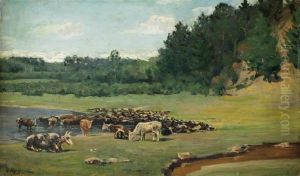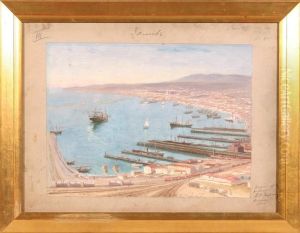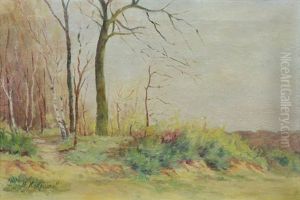Nikolay Khokhryakov Paintings
Nikolay Khokhryakov was a Soviet painter, born on September 13, 1910, in the village of Semyonovskoye, now in the Orenburg region of Russia. He is known for his contributions to the Socialist Realism art movement, which was the official state-sanctioned art style of the Soviet Union from the early 1930s. This movement sought to promote the ideals of communism and glorify the working class, often depicting scenes of everyday life, industrial achievements, and historical revolutionary events with an optimistic tone.
Khokhryakov’s early life and career were deeply influenced by the political and social climate of the Soviet Union. He received his artistic education at the Moscow Art Institute, where he honed his skills and embraced the principles of Socialist Realism. Throughout his career, Khokhryakov remained committed to these principles, creating works that aligned with the government's expectations and were accessible to the masses. His art often featured workers, peasants, and soldiers, emphasizing their heroism and dedication to the socialist cause.
During the Second World War, Khokhryakov's work took on a patriotic dimension, as he and many other Soviet artists were tasked with boosting the morale of the Soviet people and supporting the war effort through their art. Following the war, he continued to produce works that celebrated the Soviet Union's recovery and industrial progress.
Nikolay Khokhryakov's contributions to Soviet art were recognized by the state, and he received various honors and awards during his lifetime, including the title of Honored Artist of the RSFSR. His paintings were exhibited in numerous galleries and museums across the Soviet Union, and they remain a part of Russia's cultural heritage, providing insight into the era's artistic and ideological landscape.
Khokhryakov's death on December 14, 1989, came at a time of significant change in Russia, as the Soviet Union was nearing its dissolution. Despite the political shifts and the subsequent reevaluation of Socialist Realism, Khokhryakov's work continues to be studied for its historical value and its representation of a bygone era in Russian art history.


